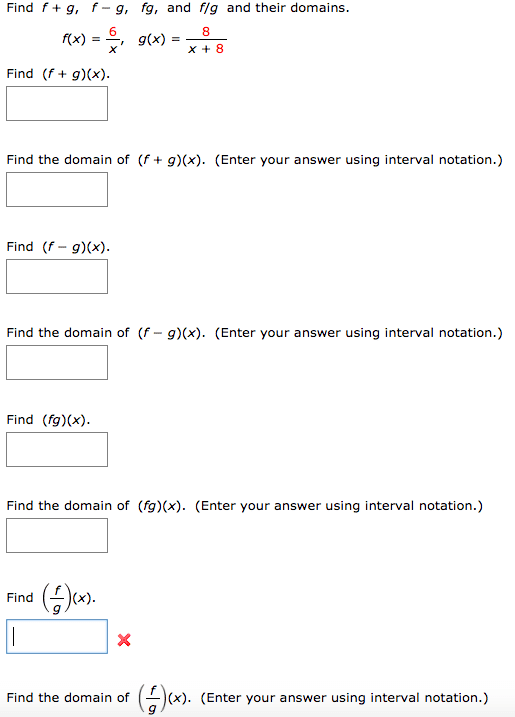dkss
DkssJawaharlal Nehru Technological University - JNTU Kakinada
1 Follower
0 Following
5 Helped
dkssLv10
10 Apr 2023
Answer:r=6 2(3.14)6= 37.68
dkssLv10
9 Apr 2023
Answer: Yes
dkssLv10
9 Apr 2023
Answer: Yes
dkssLv10
9 Apr 2023
Answer: Yes
dkssLv10
9 Apr 2023
Answer: Yes
dkssLv10
9 Apr 2023
Answer: Yes
dkssLv10
9 Apr 2023
Answer: What
dkssLv10
9 Apr 2023
Answer: E
dkssLv10
9 Apr 2023
Answer: C
dkssLv10
9 Apr 2023
Answer: B
dkssLv10
9 Apr 2023
Answer: B
dkssLv10
9 Apr 2023
Answer: What
dkssLv10
9 Apr 2023
Answer: What
dkssLv10
9 Apr 2023
Answer: A
dkssLv10
9 Apr 2023
Answer: A
dkssLv10
9 Apr 2023
Answer: D
dkssLv10
9 Apr 2023
Answer: A
dkssLv10
9 Apr 2023
Answer: D
dkssLv10
9 Apr 2023
Answer: A
dkssLv10
9 Apr 2023
Answer: What's
dkssLv10
9 Apr 2023
Answer: What
dkssLv10
9 Apr 2023
Answer: D
dkssLv10
9 Apr 2023
Answer: C
dkssLv10
9 Apr 2023
Answer: B
dkssLv10
9 Apr 2023
Answer: C
dkssLv10
9 Apr 2023
Answer: B
dkssLv10
9 Apr 2023
Answer: E
dkssLv10
9 Apr 2023
Answer: A
dkssLv10
9 Apr 2023
Answer: A
dkssLv10
9 Apr 2023
Answer: D
dkssLv10
9 Apr 2023
Answer: C
dkssLv10
9 Apr 2023
Answer: What
dkssLv10
9 Apr 2023
Answer: What
dkssLv10
9 Apr 2023
Answer: What
dkssLv10
9 Apr 2023
Answer: What
dkssLv10
9 Apr 2023
Answer: What
dkssLv10
9 Apr 2023
Answer: What
dkssLv10
9 Apr 2023
Answer: What
dkssLv10
9 Apr 2023
Answer: 1
dkssLv10
9 Apr 2023
Answer: Sunny
